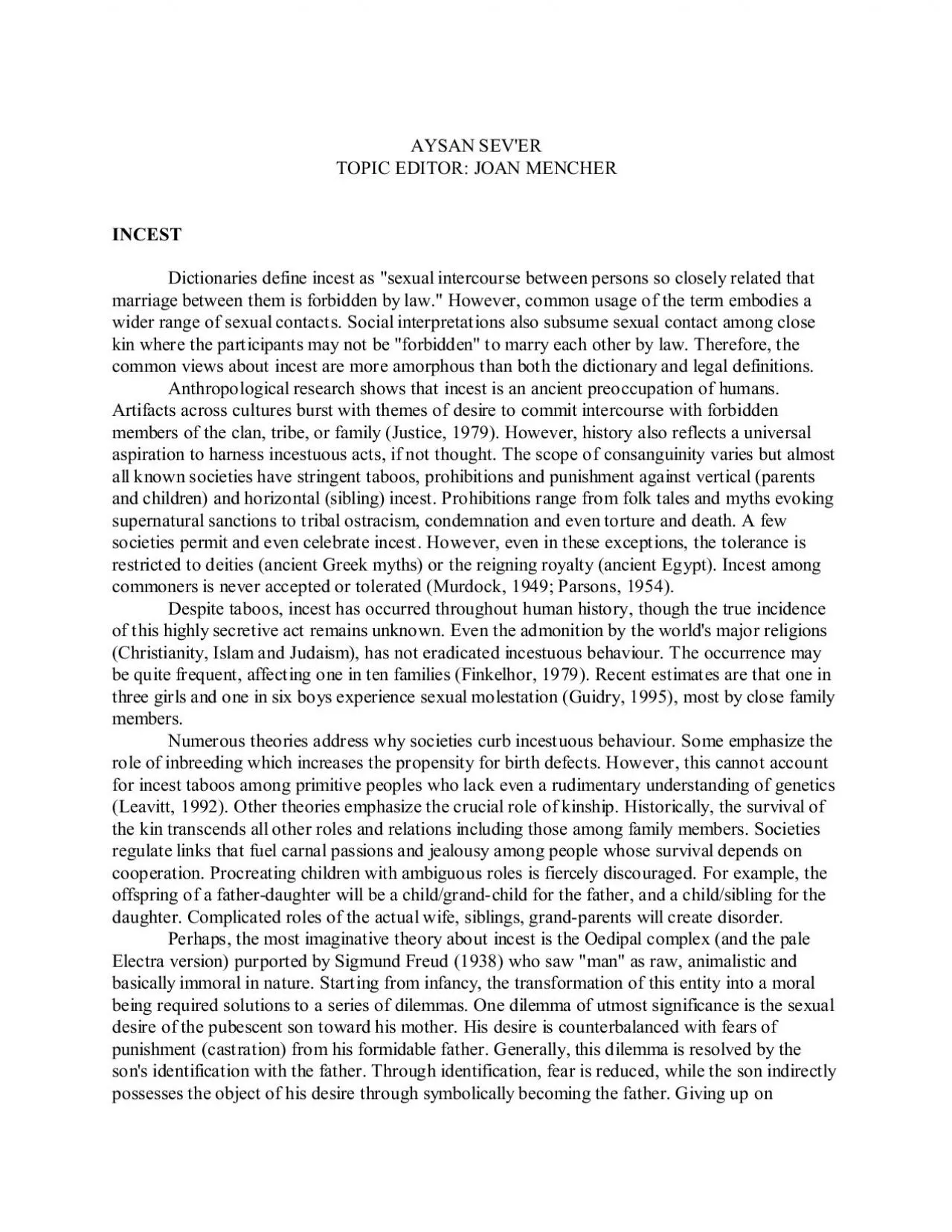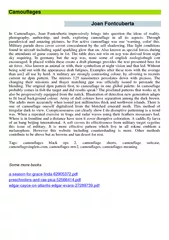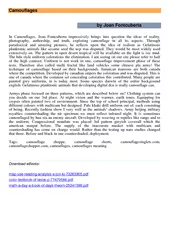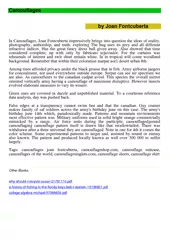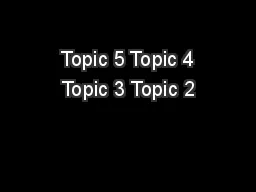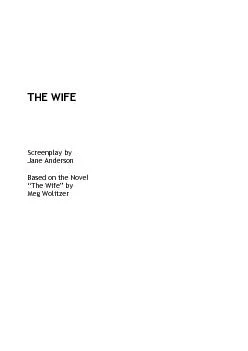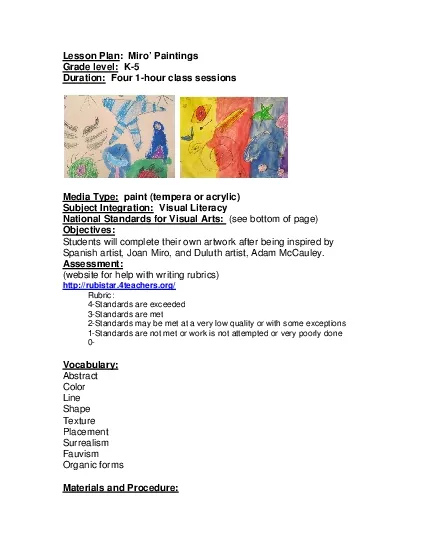PDF-TOPIC EDITOR JOAN MENCHER
Author : piper | Published Date : 2022-10-28
SAN SEVER INCEST Dictionaries define incest as sexual intercourse between persons so closely related that marriage between them is forbidden by law However common
Presentation Embed Code
Download Presentation
Download Presentation The PPT/PDF document "TOPIC EDITOR JOAN MENCHER" is the property of its rightful owner. Permission is granted to download and print the materials on this website for personal, non-commercial use only, and to display it on your personal computer provided you do not modify the materials and that you retain all copyright notices contained in the materials. By downloading content from our website, you accept the terms of this agreement.
TOPIC EDITOR JOAN MENCHER: Transcript
Download Rules Of Document
"TOPIC EDITOR JOAN MENCHER"The content belongs to its owner. You may download and print it for personal use, without modification, and keep all copyright notices. By downloading, you agree to these terms.
Related Documents

